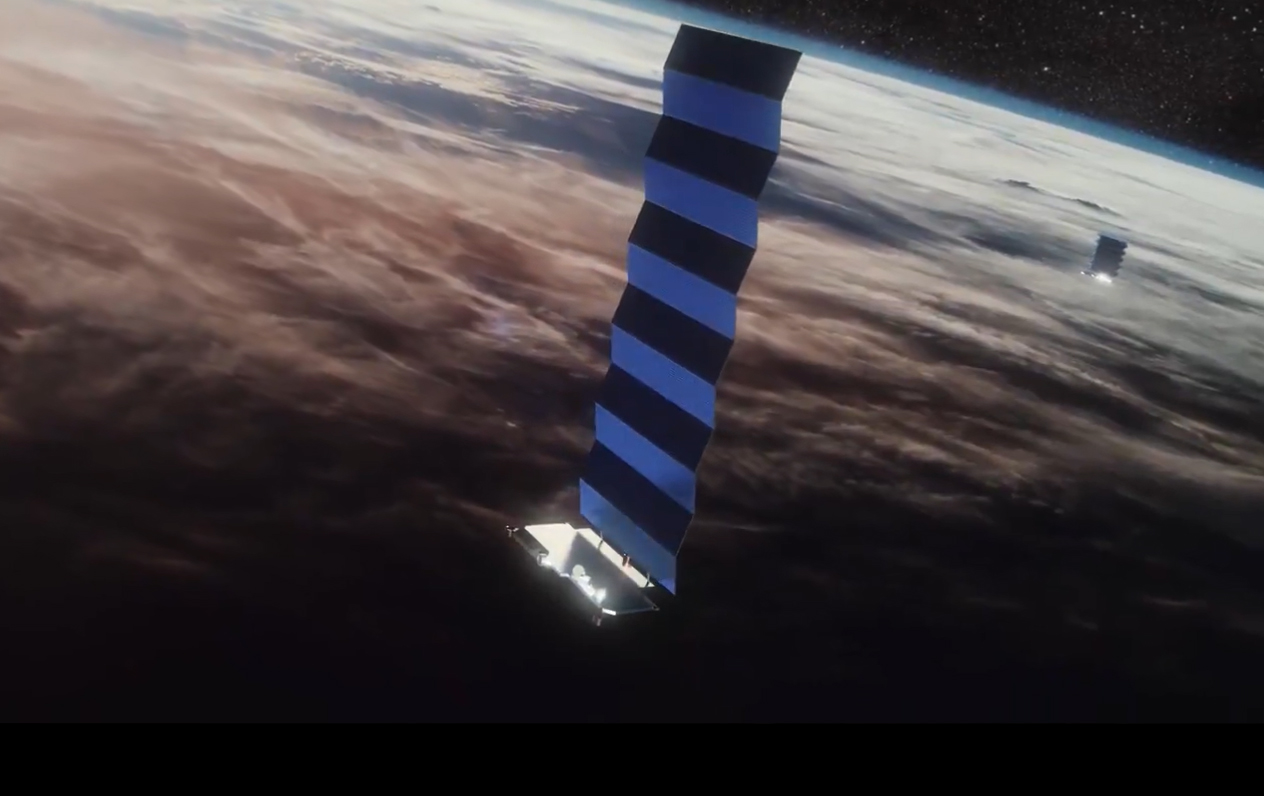SpaceX, L3Harris win missile-warning satellite contracts from US military
They should launch by 2022.

The U.S. military has picked SpaceX and L3Harris Technologies to build up a new missile-warning satellite system in space.
In separate contracts, SpaceX and L3Harris will each provide four infrared satellites devoted to missile tracking as part of the larger National Defense Space Architecture program. The contract, awarded by the Department of Defense's Space Development Agency (SDA), gives $193.5 million to L3Harris and $149 million to SpaceX. The satellites should be ready by the end of fiscal year 2022.
"The satellites will be able to provide missile tracking data for hypersonic glide vehicles, and the next generation of advanced missile threats," Derek Tournear, SDA director, said in a statement.
Related: What is a ballistic missile and how does it work?
SpaceX, originally a launch provider using its Falcon rockets, has entered the satellite construction market with its Starlink constellation of internet satellites. The company has launched more than 700 of the satellites in the last two years and manufactures them at a facility in Seattle, Washington. L3Harris is an aerospace company with a history of military contracts for aircraft and missile defense.
The new missile-tracking satellites will provide information to a separate set of 28 "transport satellites," which will take offensive action based on what the missile trackers find. Construction for the 28 transport satellites will be awarded in a separate solicitation, SDA added.
"The transport satellites are the backbone of the National Defense Space Architecture," Tournear said. "They take data from multiple tracking systems, fuse those, and are able to calculate a fire control solution, and then the transport satellites will be able to send those data down directly to a weapons platform via a tactical data link, or some other means."
Breaking space news, the latest updates on rocket launches, skywatching events and more!
Taken together, the transport satellites and the missile-tracking satellites will be the first "tranche" or stage, of the system, which is called Tranche 0. More satellites will be coming for Tranche 1 in 2024, which the SDA anticipates will include 200 satellites in the transport layer and a few dozen satellites in the tracking layer. Global coverage and even more satellites are anticipated for Tranche 2 in 2026.
Tournear added that the goal is to "provide real-time targeting data" for missiles and other targets so that military assets on the ground can make data-driven decisions about how to address threats. "We're focused on making sure that we can provide capabilities from space," he said.
The DOD's most recent budget request for the space domain is $18 billion for fiscal year 2021. Most of that is taken up by the newly created Space Force, while SDA will pick up $337 million if the request is approved by Congress. (Another $249 million is going to U.S. Space Command, an entity in existence since the mid-1980s.)
Follow Elizabeth Howell on Twitter @howellspace. Follow us on Twitter @Spacedotcom and on Facebook.

Elizabeth Howell (she/her), Ph.D., was a staff writer in the spaceflight channel between 2022 and 2024 specializing in Canadian space news. She was contributing writer for Space.com for 10 years from 2012 to 2024. Elizabeth's reporting includes multiple exclusives with the White House, leading world coverage about a lost-and-found space tomato on the International Space Station, witnessing five human spaceflight launches on two continents, flying parabolic, working inside a spacesuit, and participating in a simulated Mars mission. Her latest book, "Why Am I Taller?" (ECW Press, 2022) is co-written with astronaut Dave Williams.
